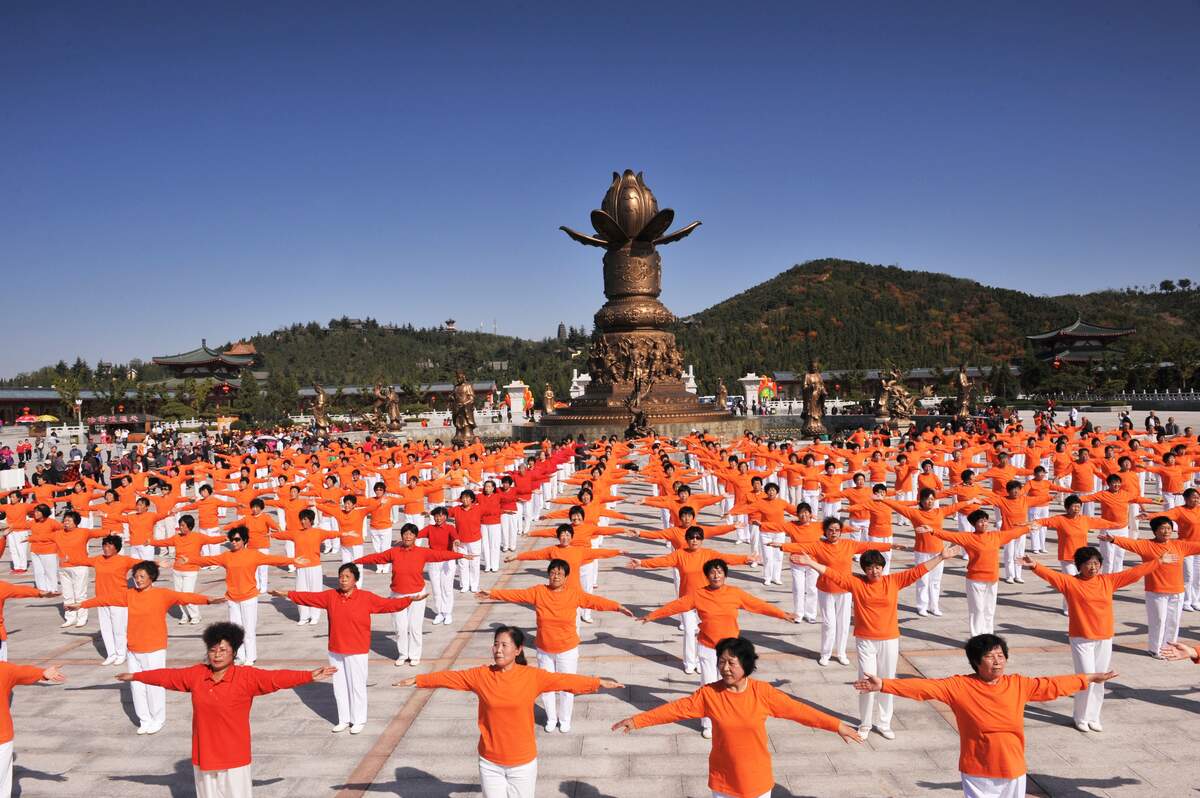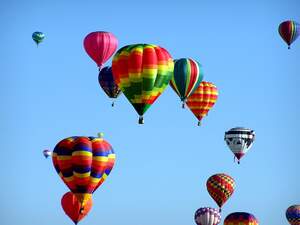

International Choreographers Day
Observed
annually on January 9th
Dates
Hashtags
Sources
https://anydayguide.com/calendar/5056
https://en.wikipedia.org/wiki/Choreography
https://www.britannica.com/art/choreography
https://www.news9live.com/knowledge/international-choreographers-day-history-significance-and-all-you-need-to-know-219031
https://www.twincities.com/2017/01/08/what-day-is-it-move-to-your-own-groove-this-week-and-make-your-dreams-come-true/
International Choreographers Day celebrates choreographers and honors their work. By some accounts, the observance takes place on January 9 because it is on the birthday of George Balanchine. Considered the "Father of American Ballet," Balanchine was also the first person to have the term "choreographer" applied to him, with the release of his 1936 Broadway show On Your Toes. Before this, credits in stage and film had descriptions like "dances by," "dances staged by," or "ensembles staged by." However, Balachine's birthday is January 9 on the Old Style calendar, which would mean his birthday on the New Style calendar is January 22.
The word "choreography" comes from the Greek words khoros, meaning "dance," and grapho, meaning "to write." The word dates to 1624 when it appeared in an English translation of a work by Nicolas de Montreux. During the seventeenth and eighteenth centuries, choreography referred to the design of the movement, which was expressed in dance notation. Choreography now can be defined as the art of creating and arranging a sequence of steps, with specifics for both motion and form, so that it takes on a dance form. A choreographer is the person behind the steps of the dance; they are the ones who design the sequences of movements for physical bodies. Choreographers may work with various stage performances, such as dance, theater, show choir, and opera, as well as with movies, television programs, music videos, marching bands, and sports routines like synchronized swimming, gymnastics, cheerleading, and figure skating.
Dance is one of the world's oldest art forms. Initially used in religious ceremonies and celebrations, for personal expression, and as a tool for bonding and social communication, it later became a form of social entertainment and was recognized as a professional art form, being performed by professional dancers. There are many types of dance that choreographers work with: tap, ballet, ballroom, jazz, swing, folk, hip hop, techno, K-pop, contemporary, and modern.
Dance has been choreographed as far back as Ancient Greece when it was done with the plays of Sophocles and Aristotle. Choreography was used in the sixteenth and seventeenth centuries when dance masters taught steps to the noble class of Europe, who then performed them in the court. The most sophisticated forms became known as ballet de cour. In the seventeenth century, Pierre Beauchamp, a French ballet teacher, standardized many ballet moves still used today. After theatrical dance became distinct from social dance, ballet masters emerged. Their roles have changed over time, but at their inception, they were the chief choreographer of a dance. The work of Jean-Georges Noverre, one of the most important choreographers of the eighteenth century, increased the renown of dramatic ballet, also known as ballet d'action.
Modern dance developed in the late nineteenth century, and with it came choreographers doing things in a new way. Important figures of choreography in the nineteenth century are Marius Petipa, considered the most highly regarded ballet master ever, and Isadora Duncan and Michael Fokine, pioneers in modern dance. Countless figures shaped choreography in the twentieth century. Martha Graham, an American choreographer and pioneer of modern dance, is known for works such as Appalachian Spring and Clytemnestra. George Balanchine, the "Father of American Ballet," was a choreographer, ballet dancer, and director. He co-founded New York City Ballet, and some of his best-known ballets are Apollo and The Nutcracker. Mikhail Baryshnikov, a choreographer and ballet dancer, known as one of the best dancers of all time, was a choreographer for Swan Lake and The Nutcracker. These and all other choreographers are celebrated today on International Choreographers Day!
How to Observe International Choreographers Day
- Go to a performance where there is choreography. Find out who the choreographer is, and visit with them after the performance if you can.
- Read a biography about a choreographer.
- Pick up a book to learn more about choreography.
- Watch a documentary about choreographers or choreography.
- Watch a film where dance figures heavily.
- Watch Fosse/Verdon, a series about choreographer Bob Fosse and his wife, actress and dancer Gwen Verdon.
- Become a choreographer.
- If you are a dancer, thank the choreographers you work with for helping you with your success. You could do this both in person and online. Make sure to use the hashtag #InternationalChoreographersDay with all your posts.
- Make plans to attend or take part in a choreography competition. If you are a choreographer, practice your craft today!





















